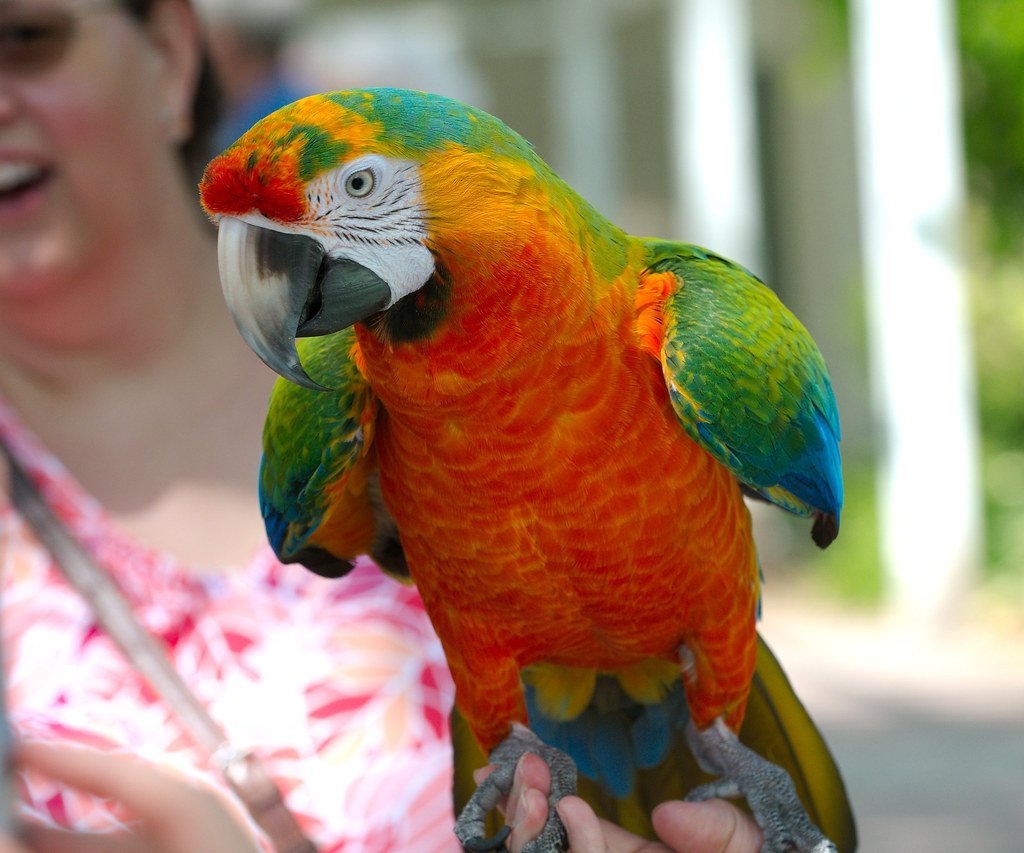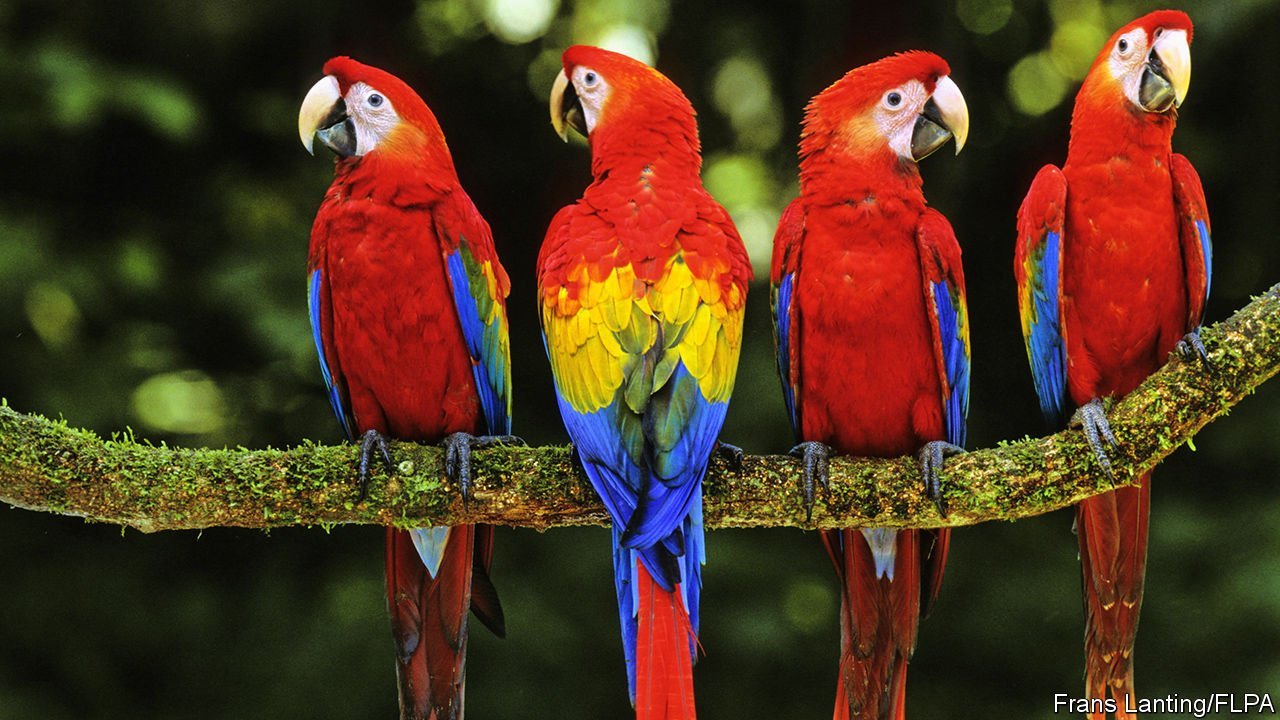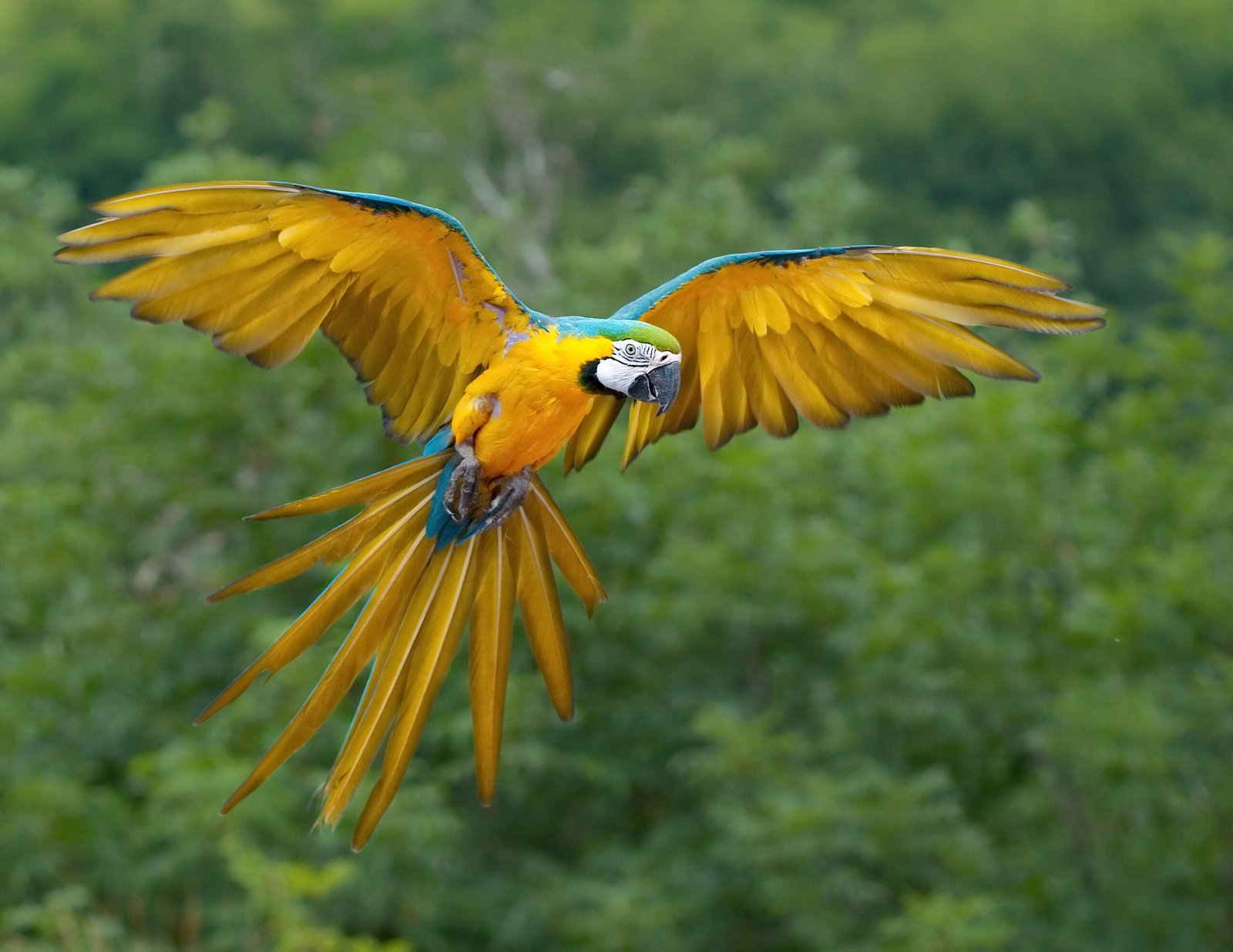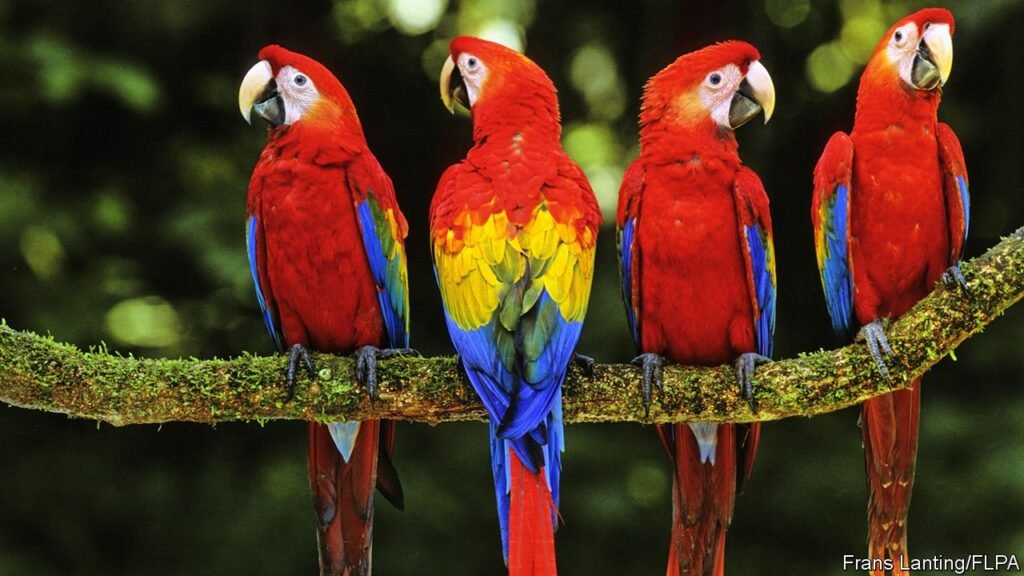Imagine walking into your kitchen only to find that your snack supply has mysteriously dwindled, and your Amazon Alexa is glowing with recent orders you never placed. Now picture your feathered companion, a clever parrot, cheerfully munching away on a fresh packet of treats. Sounds like a scene from a quirky comedy? This astonishing scenario has become a reality, capturing the hearts and imaginations of animal lovers and tech enthusiasts alike. The story of a parrot learning to order snacks through Alexa is not just hilarious—it’s a fascinating glimpse into animal intelligence, the power of mimicry, and the surprising intersections of nature and technology.
The Astonishing Intelligence of Parrots
Parrots have long been famous for their intelligence and impressive vocal abilities. Unlike many other birds, parrots possess a remarkable capacity to mimic human speech and sounds. Their brains are structured in a way that allows them to process language-like patterns, remember words, and use them in context. Some species, like the African Grey Parrot, are known to understand and use hundreds of words correctly. This intelligence often results in parrots surprising their owners with unexpected phrases and behaviors, demonstrating complex problem-solving skills rarely seen in the animal kingdom.
Alexa: The Modern Home Assistant
Alexa, Amazon’s voice-activated assistant, has become a staple in millions of households worldwide. Designed to make daily life easier, Alexa responds to spoken commands ranging from playing music to ordering groceries. The technology uses sophisticated algorithms to interpret voice cues, recognize individual voices, and learn user preferences over time. While Alexa was created for human convenience, its voice recognition system does not discriminate between users—meaning any voice, even a parrot’s, can trigger its functions if mimicked accurately enough.
The Parrot’s Journey from Mimicry to Mastery
At first, the parrot’s interaction with Alexa was purely accidental. Like many pet parrots, it enjoyed repeating phrases it heard frequently around the home. As the bird listened to its owner place snack orders through Alexa, it began to replicate not just the words, but also the tone and rhythm. Over time, the parrot’s mimicry became so precise that Alexa started responding as if it were the owner speaking. This progression from simple mimicry to purposeful interaction highlights the parrot’s capacity for learning through observation and repetition.
Reinforcement and Reward: Why the Parrot Kept Ordering
Animals, including parrots, are highly motivated by rewards. When the parrot’s vocal imitation resulted in Alexa delivering snacks, it quickly made the connection between the spoken command and the arrival of treats. This positive reinforcement encouraged the bird to repeat the behavior, effectively turning snack ordering into a self-taught trick. Each time the parrot succeeded, it reinforced the learning loop, making it more likely to try again in the future. Such self-rewarding behaviors are a testament to how animals adapt to new environments and technologies.
Mimicry: The Parrot’s Superpower
Parrots are natural mimics, but their skill goes far beyond simply copying sounds. They can understand context, associate words with objects or actions, and even use language to achieve specific goals—like getting a snack. In the wild, this mimicry helps parrots communicate with their flock and adapt to different situations. In a home setting, it becomes a tool for interacting with humans and, as in this case, with technology. The accuracy of a parrot’s imitation can sometimes be so convincing that even sophisticated devices like Alexa are fooled.
Technological Vulnerabilities Exposed
This story also sheds light on unexpected vulnerabilities in smart home devices. While Alexa is designed with security in mind, it does not always distinguish between authorized and unauthorized voices. A parrot’s convincing imitation exposes a loophole—devices that rely solely on voice recognition can be manipulated by any sound that closely matches the command structure. This raises important questions about digital security and the need for additional safeguards, especially as voice-activated technology becomes more integrated into our lives.
Training, Environment, and the Role of Repetition

The parrot’s ability to order snacks didn’t happen overnight. It was the result of consistent exposure to the command, frequent repetition, and a stimulating environment filled with interaction. Parrots thrive in environments where they are mentally engaged and challenged. Owners who communicate regularly with their birds often notice accelerated learning and more complex behaviors. This story is a vivid example of how the combination of repetition and reward can lead to outcomes that are as entertaining as they are unexpected.
Implications for Animal Cognition Research

Scientists have long been fascinated by the cognitive abilities of parrots. The case of a parrot using Alexa is more than a funny anecdote—it provides valuable insight into how animals can learn to interact with artificial intelligence. Such incidents can inform new research into animal cognition, highlighting the depth of learning and adaptability in non-human species. Understanding how animals like parrots exploit technology can inspire new approaches in both animal training and the design of smarter, more secure AI systems.
Lessons for Pet Owners and Tech Users

For pet owners, this story is a gentle reminder to be mindful of what their animals are exposed to. Parrots, in particular, are always listening and learning, and their cleverness can sometimes lead to unexpected consequences. Tech users, on the other hand, should consider enabling additional security features, like voice recognition passwords, to prevent accidental or mischievous orders. The intersection of pets and technology, while amusing, is a real-world challenge that deserves attention.
The Joy and Surprise of Living with Intelligent Animals
Having a parrot in the home is a daily adventure. Their intelligence, curiosity, and playfulness bring joy and laughter, but sometimes they surprise us in ways we never imagined. The story of a parrot ordering snacks through Alexa is a testament to the boundless curiosity and cleverness of these remarkable birds. It serves as a reminder that when animals and technology meet, the results can be unpredictable, delightful, and even a little bit awe-inspiring.
What This Teaches Us About the Future

This extraordinary tale invites us to rethink the boundaries between humans, animals, and technology. As smart devices become more common, the interactions between our pets and our gadgets are likely to increase. We may see more stories of animals mastering technology, challenging our assumptions about intelligence and adaptation. In a world where a parrot can order its own snacks, the future looks filled with surprises, laughter, and perhaps a touch of mischief.




